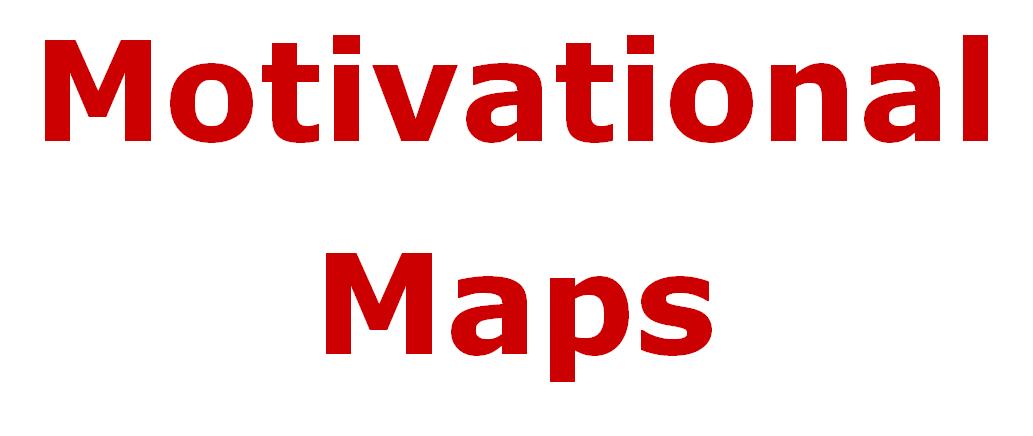Here's the 7th chapter of the ebook. Feel free to comment and share with us your views on the subject. Don't forget that you can now access the full version of the ebook.
Upside Down Recruiting and Talent that Whispers
If experience is not the sole
predicator of success, what is and how do we assess it? Here are two techniques
that recruiters have established to discover undervalued or undiscovered stars(1).
Upside down recruiting
Pioneered by Todd Carlisle, a
recruiter for Google, upside down recruiting was a response to Google’s
realisation that they were looking at engineers CVs far too narrowly, mainly on
their academic prowess, educational background and history of achievement.
However, many of these geniuses weren't as successful as Google had hoped.
Carlisle realised that Google had to take a wider view. Test scores alone were
not the measure of the candidate.
There was
space at Google for people who had worked to pay for their college tuition,
those who had chased athletic success or people who had been running businesses
or taking part in multiple extra curricular activities. These people might have
faltering academic success but for very good reason. Traditionally, Google who
was receiving thousands of resumes a week would hit the reject button.
The best hope of spotting these concealed stars
was reviewing the bottom of the resume. There, Carlisle could find out that
“someone had competed in four Alaska Marathons…or had made it into the Guinness
book of world records…or had published three software manuals by age
twenty-five. For the right job these weren't peripheral
details. They might be powerful insights into someone’s character or on-the-job
potential(2)”
So Carlisle tapped page down on resumes and started at the bottom of resumes
looking for nascent potential.
Talent that Whispers
In another corner of Silicon
Valley, in 2006, Facebook were struggling to increase their team of computer
programmers with similarly talented engineers. They couldn't just steal
engineers from Google and Microsoft. They didn't have time to recruit at
university campuses. They needed engineers immediately. So they built puzzles.
Yishan Wong, who put the puzzles together, said, “We developed this theory that
occasionally there were these brilliant people out there who hadn't found their
way to Silicon Valley. They might be languishing in ordinary tech jobs. We
needed a way to surface them.”
Over
2500 miles away Evan Priestly was completely bored working as a back office
computer coder. By any standard success indicators Priestly didn't look gifted
at anything. His work history and college grades were average. But when
Priestly, saw the Facebook’s puzzle he solved it in forty-five minutes. And when
Facebook invited him for a face-to-face interview he dazzled the assessing
engineer by telling him that although he could solve the test they gave him it
was badly constructed. His college and peripatetic career to date no longer
mattered. He was a brilliant programmer. Facebook had found talent that
whispered.
Finding auditions that work,
specific to your company, are key in finding and selecting undervalued talent.
Facebook didn't care that Priestly didn't attend the Ivy League. They could
jettison all criteria apart from the one that mattered: Could he drive their
company forward.
[1] Quote from George Anders, the Rare find
[2] All these concepts and examples are from George Anders Book, The Rare Find.



No comments:
Post a Comment